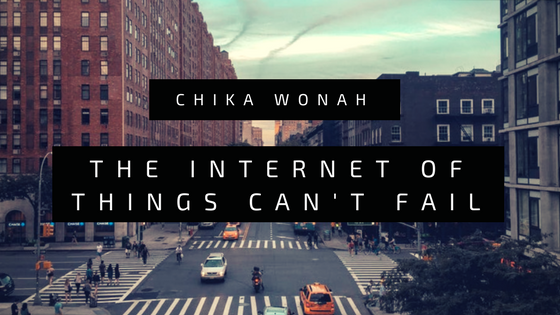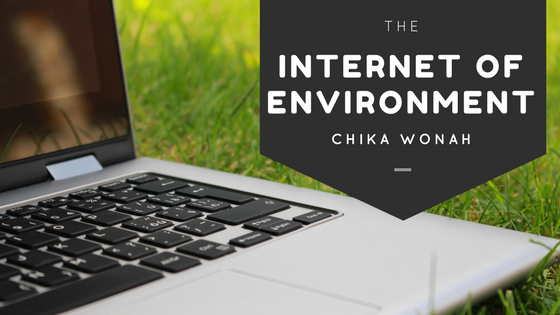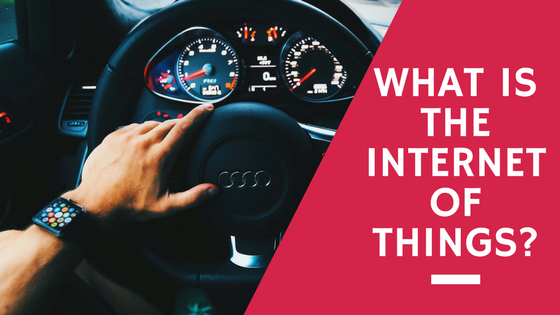Flowers die. Candy is unhealthy. Get that nerd in your life something they can really use. No need to be conventional anymore; not with the Internet of Things!
For the Chef The Drop Scale: $99
Not only does this item measure out ingredients precisely, it even amends recipes based on the amount of ingredients you have. There is also an app that contains hundreds of interactive recipes, each providing you with a unique visual and audio environment for your culinary adventure. Best of all, you need not be a genius in the kitchen; the guidance in this Bluetooth device can make anyone a foolproof chef.
For the Music Lover Sonos One: $199
While there are many smart speakers on the market, the Sonos One is custom-made for playing music with high quality sound. This speaker contains a mid-woofer and a tweeter, and two Class-D digital amplifiers. It is also comparable to the Amazon Echo in that “Alexa” comes along with it. You can play music in every room or just one room, from all the top streaming apps like Pandora and Spotify.
For the Pet Lover PetCube: $199
Instead of wondering and worrying about your pet while you’re out, the PetCube connects you with them from anywhere. The camera allows you to not only watch your pet, but also communicate and “interact” with it. Use the laser toy to play fetch, talk to them in your cutesy pet voice, or just observe their daily routines. You can also use their subscription service to store and later review your pet videos.
For the Green Thumb Rachio Smart Sprinkler: $199
Who hasn’t killed a plant by under-watering or overwatering it? Sometimes remembering your watering schedule is difficult. Not only can the Rachio help keep up with your vegetation by putting together (and carrying out) a personal watering schedule for each individual plant, it also connects with the local weather forecast to reschedule waterings based upon rainfall, both helping you to reduce the frequency of replacing dead plants, and your water consumption.
This is only a smattering of perfect IoT gifts. Depending on your geek, there are tons more options. So go ahead, impress them with a gift they are sure to actually love!










